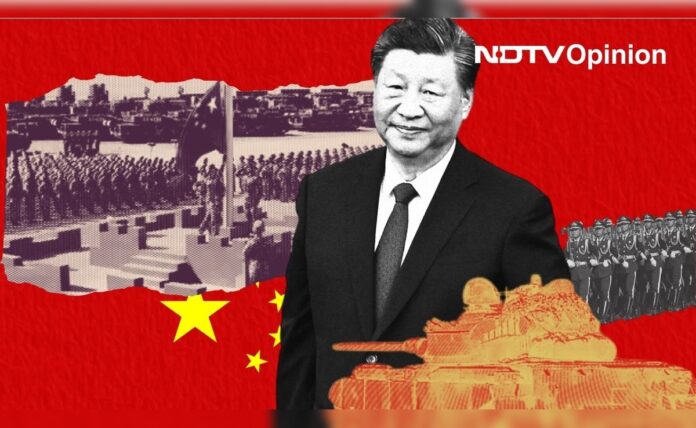India and China have decided to bury the hatchet, almost and for now. As a result, there will be a bilateral meeting between Prime Minister Narendra Modi and Chinese President Xi Jinping today on the sidelines of the BRICS Summit in Kazan, Russia. In a major breakthrough that can potentially end the over four-year-long military standoff, the two neighbours have reached an agreement on patrolling along the Line of Actual Control (LAC) in eastern Ladakh “leading to disengagement.”
While the militaries of the two nations had already pulled back from four of six friction points in eastern Ladakh, including the Galwan Valley, the site of a violent clash in June 2020, the latest pact pertains to patrolling in Depsang and Demchok areas. With this, External Affairs Minister S. Jaishankar confirmed that the agreement on border patrols signalled that “the disengagement process with China has been completed”.
A Long-Drawn Conflict
The two formidable military forces have been locked in an eyeball-to-eyeball confrontation since May 2020, with New Delhi making it clear that there cannot be any normalcy in the bilateral relationship till the situation is not restored to pre-2020 status at the Line of Actual Control (LAC). The Galwan incident of June 15, 2020, which was the most serious military conflict between the two sides in decades and the deadliest since the 1962 war, resulted in India losing 20 soldiers and the PLA losing as many as 40 personnel, even though China has acknowledged only four casualties.
This has been a major inflexion point in Indian policy towards China as well as the wider geopolitical churn shaping the Indo-Pacific. New Delhi dramatically recalibrated its ties with Beijing across a full range of sectors and mobilised at a national level to take the China challenge head-on. From foreign policy to economy, from infrastructure to people-to-people engagement, a re-appraisal was undertaken and a recalibration was the result. China’s belligerence was met with an unprecedented Indian resoluteness as a whole-of-government approach exemplified a newfound willingness in New Delhi to not shy away from taking difficult decisions.
India Is More Prepared Now
And it is this resolve by New Delhi that seems to have paid off with the agreement on disengagement. There are lots of issues that remain shrouded in secrecy and will only reveal themselves once the details of the new pact are out. As India looks for a return to status quo ante, the massive infrastructure that China has created along the border with India is unlikely to disappear any time soon. What has happened, as a result, however, is that India has managed to get its act together on the infrastructure front as well. So, unlike the pre-May 2020 period, Indian logistical presence along the border is much stronger, and, hopefully, there won’t be any let up in its building up of its own infrastructure on its side of the border.
The other issue is related to how China is perceived in India now. Whatever the diplomatese, the reality remains that trust in Beijing, which was already low, seems to have completely disappeared not only in the Indian political establishment but also in the society at large. It is for China now to rebuild that trust, not through its words but by its actions. Repeated violations of agreements have now led to a new reality where any new pact with China will struggle to regain legitimacy in the eyes of ordinary Indians, making the job of Indian diplomats even harder. After all, there was an attempt to create a ‘Wuhan spirit’ after the Doklam debacle, only to lead to Galwan!
Can China Accept India As A Peer?
Moreover, while the latest agreement can be the starting point for rebuilding confidence between the two neighbours, the border problem is a manifestation of a wider issue facing Sino-Indian relations. The two rising powers are now structural rivals, and the inability of China to accept India as a peer or to be sensitive to New Delhi’s core security concerns has been at the heart of deteriorating ties between the two Asian giants. This latest agreement does nothing to alter that reality.
For Indians at large, the question still remains whether China indeed wants to move towards a lasting solution to the boundary dispute, or whether this is another tactical attempt at buying time as both China and India continue their ascent in the global interstate hierarchy. Nonetheless, what is clear is that New Delhi’s resolve in frontally challenging China’s expansionism has paid off. Even as India would be engaging with China after the latest agreement, it would be worth remembering that there is no substitute for building inherent capacity and leveraging external partnerships to effectively manage a potentially malevolent China.
(Harsh V. Pant is Vice President – Studies and Foreign Policy, at Observer Research Foundation, and Professor of International Relations at King’s College London.)
Disclaimer: These are the personal opinions of the author




